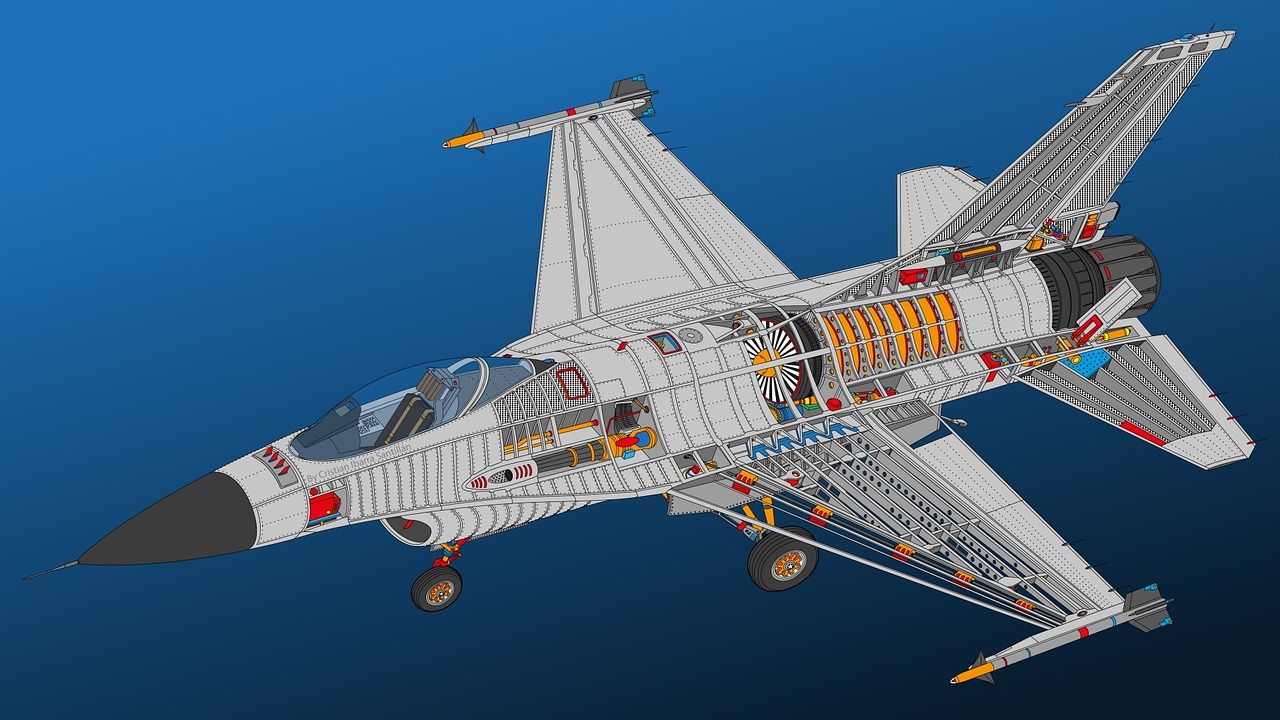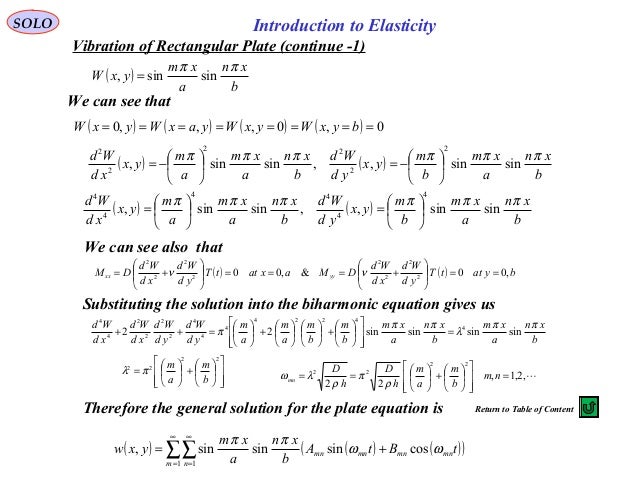
Over the past decade, advances in multidisciplinary design optimization (MDO) have enabled the optimization of aircraft wings using high-fidelity simulations of their coupled aerodynamic and structural behavior. This is a result of the FINDER center of gravity being located ahead of the wing CG and thus improving the wing modal coupling. There are no divergence or flutter instabilities throughout the flight envelope nor within the defined 20% minimum required flutter margin. Five case studies were investigated including baseline Predator, Predator wi th pylons, Predator with FINDERs under each wing, and Predator with a FINDER under either the port or starboard wing. Adding the FINDER s, slightly decreased the wing bending natural frequencies, but significantly decreased the wing torsion natural frequencies. The subsonic aerodynamic behavior of the complete Predator aircraft and both FINDER aircraft are modeled usin g a higher -order doublet lattice panel method. The FINDER was added to the finite element model as an offset mass using measured mass, center of gravity, and inertial properties. aircraft FE model was correlated to an experimentally measured modal test. All elements and subcompo nents of the wings were modeled including the added ply build -up needed for the FINDER pylons and attachment points.

A detailed MSC/NASTRAN finite element (FE) mode l of the entire Predator vehicle was created. Here, a fixed-point iteration scheme is used for the coupled aeroelastic equations.Īn aeroelastic analysis was performed on the combined Predator/FINDER vehicle to address potential changes in the vehicle ’s aeroelastic characteristics. In each solution step the interface and boundary conditions are exchanged and updated. The resulting coupled field problem containing the fluid and the structural state equations, is solved by applying a partitioned solution procedure. The transonic fluid flow is described by the three-dimensional Euler equations, solved by an upwind scheme procedure. The structure is represented by finite elements and the related equations are solved using commercial FE analysis codes. It is applied to static aeroelastic problems, in order to predict the equilibrium of elastic wing models in transonic fluid flow. In the following, a scheme for coupling fluid (CFD) and structural models (FE) in space is presented which is based on finite interpolation elements. Since the fluid and the structural models differ in their formulation and discretization, an interface model has to be introduced that represents the connectivity and physical interaction between the two single domain models. Recently, numerical aeroelastic models have been built composing those of the combining fluid dynamics (CFD) and the computational structural dynamics (CSD) domains.

In the field of aeroelasticity, interactions between elastic structures and fluid flow are investigated. Results obtained for the undeformed and the static equilibrium (convergence) states of the W20 wing are presented, the latter being in very good agreement with experimental measurements. Preliminary results show that the use of simplified FEM of the aircraft wings provide a quick and economic option for predicting the aerodynamic performance of flexible wings in flight.
#Aircraft structures by peery and azar pdf viewer full
The deformations predicted using the simplified finite element model (stick model) of the Bombardier experimental transonic high aspect ratio wing (W20) were in very good agreement with the full FEM of the wing. The second method extracts the stiffness properties of the beam model from the complete finite element model of the wing. The first method relies on a numerical procedure that is applied to determine the torsional and flexural properties of multi-cellular cross sections. The end product of both methods is a finite element beam model, which can be coupled to the aerodynamic CFD model. Two methodologies were developed to create wing stick models for known wing structures. These stick models are usually generated when the wing structure has already been defined and sized.

Equivalent beam finite element models, also known as stick models, are often used for static or dynamic aeroelastic analysis and optimization.


 0 kommentar(er)
0 kommentar(er)
